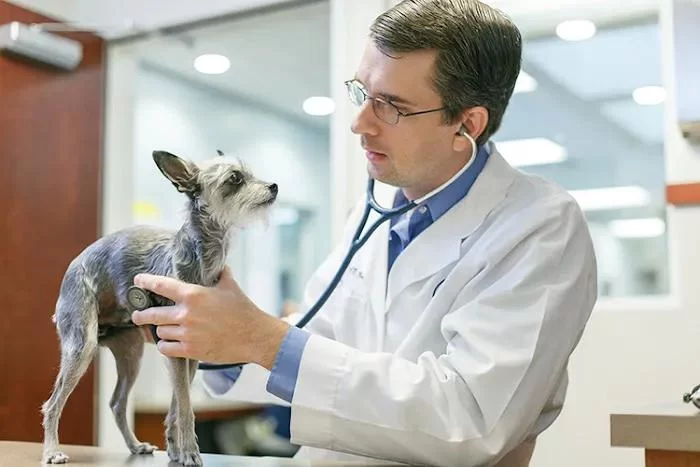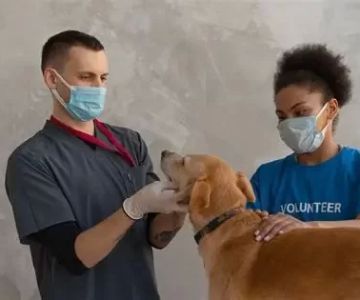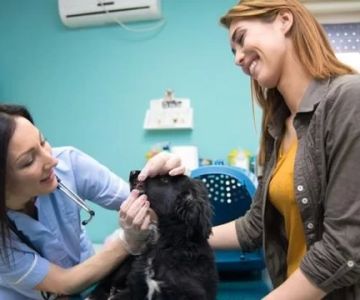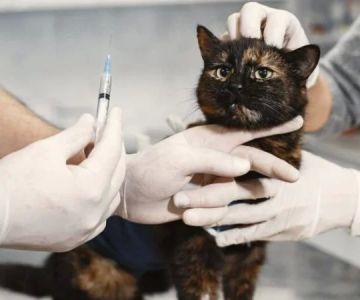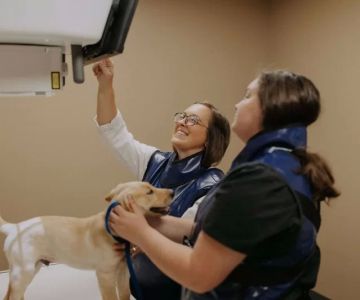- 1-Understanding-PCV-Veterinary
- 2-Key-Steps-to-Running-a-PCV-Veterinary
- 3-Staff-Management-and-Training
- 4-Maintaining-High-Quality-Patient-Care
- 5-Real-Life-Examples-of-Successful-PCV-Veterinary-Operations
- 6-Tips-for-Growing-Your-PCV-Veterinary-Clinic
1. Understanding PCV Veterinary
Running a PCV veterinary clinic requires understanding the unique structure and demands of primary care veterinary services. These clinics often focus on preventive care, basic diagnostics, and treatment of common animal health issues, serving as the first point of contact for pet owners.
Understanding how to run a PCV veterinary involves balancing efficient operations with compassionate animal care to build trust and long-term client relationships.
1.1 The Role of PCV Veterinary Clinics
PCV clinics are essential for community health, offering accessible and affordable veterinary care. Their success hinges on streamlined workflows, knowledgeable staff, and effective client communication.
2. Key Steps to Running a PCV Veterinary
To operate a thriving PCV veterinary clinic, focus on the following steps:
2.1 Developing a Clear Business Plan
Establish your clinic’s mission, target clientele, services offered, and financial projections. A solid plan guides decision-making and growth.
2.2 Implementing Efficient Systems
Use management software for appointments, medical records, and billing to enhance operational efficiency and reduce errors.
2.3 Ensuring Regulatory Compliance
Adhere to local laws regarding veterinary practice, animal welfare, and workplace safety to avoid legal issues.
3. Staff Management and Training
A well-trained and motivated team is vital. Invest in ongoing education and foster a positive work culture to maintain high standards and reduce turnover.
3.1 Roles and Responsibilities
Clearly define roles for veterinarians, technicians, receptionists, and support staff to ensure smooth clinic operations.
3.2 Communication and Teamwork
Encourage open communication and collaboration among staff to improve patient care and client satisfaction.
4. Maintaining High-Quality Patient Care
Delivering excellent care keeps clients returning and builds your clinic’s reputation.
4.1 Preventive Care Focus
Emphasize vaccinations, nutrition counseling, and routine check-ups to promote animal health.
4.2 Client Education
Inform pet owners about treatment options, care plans, and follow-ups to empower them in their pet’s health journey.
5. Real-Life Examples of Successful PCV Veterinary Operations
One clinic saw a 30% increase in client retention after implementing a reminder system for vaccinations and wellness visits, demonstrating how simple operational improvements can drive success.
5.1 Case Study: Streamlining Appointment Scheduling
A PCV veterinary improved patient flow by adopting online booking and telehealth consultations, enhancing client convenience and reducing no-shows.
6. Tips for Growing Your PCV Veterinary Clinic
Expand your services gradually, invest in marketing, and build community partnerships to increase your clinic’s visibility and client base.
Running a PCV veterinary clinic effectively combines business savvy with compassionate care. By mastering these essential elements, you can ensure your clinic thrives and continues to provide vital services.
For those looking to enhance their clinic operations or invest in quality veterinary equipment, exploring trusted providers is a great next step. Empower your PCV veterinary practice today and deliver the best care possible.

